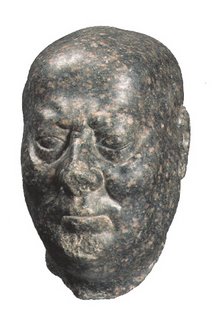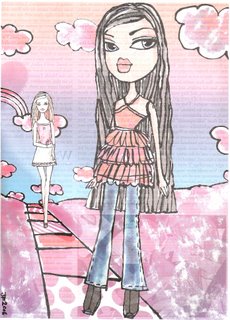 Review: Resistance, Anita Shreve (1995)
Review: Resistance, Anita Shreve (1995)There is a dreamy inevitability in the tone of this book that militates against the twists of its plot. Nevertheless, like a well-concieved thriller or crime novel, there are rewards — shivers on your arms, anticipation of resolution — that come possibly despite yourself. It is packaged for women, that is at least clear, and I can imagine that women would enjoy the languid tension the book generates. I have already recommended the author to my mother.
Ted is a lieutenant, a pilot, who is forced to abandon a mission and go down with his crew in the south of Belgium in 1944. German fighters have shot up the aircraft badly, and they jetison their payload in the countryside. Injured during the crash landing, Ted crawls away into the forest. A boy, Jean, follows the trail he has made and succeeds in rescuing him.
Jean knows that there are few people he can trust when he buries Ted in a trough in his father's barn under a heap of potatoes. He goes to the house of Claire and Henri. He knows, as do many in the village, that they will help.
Of course, Ted recovers, although he limps dashingly. He is hidden by the husband and wife behind an armoire (a wardrobe in English; it's not clear why Shreve doesn't use the regular word for this particular piece of furniture) in their bedroom. There is a false back that opens onto a space in the roof of the house.
The Germans are ever-present but rarely to be seen or encountered. They remain in the background, a malign force that visits evil on the townspeople from time to time. There will be hangings, beatings, interrogations.
Henri returns home one day in a state of shock and he and Claire have sex. Shreve is both coy and inventive:
It had possibly been an act of love on her part, or more precisely and act of generosity, but for Henri it was a necessary act to forget what he had seen. She thought of the way an animal shook another in its teeth; the way a cat, in a sudden burst of animal frenzy, climbed the bark of a tree.
This, to me, is a very curious and expressive way of describing the hurried and desperate fuck that Henri forces on Claire. She has been avoiding sex, fearing pregnancy during a time of war.
Her scruples don't last long when confronted by the attentions of Ted, however. But Shreve is always polite and their amorous betrayal is tinged with romance. They can't help themselves.
The mechanisms of the Resistance are rendered with some scrupulousness, although as an exponent of the genre it doesn't compare with Italo Calvino's The Path to the Nest of Spiders (orig. Italian publ. 1947). There is a curiously rounded feeling at the end, when all the threads of the plot are seamlessly knotted together, forming a golden halo of pure satisfaction around the heads of the survivors.













